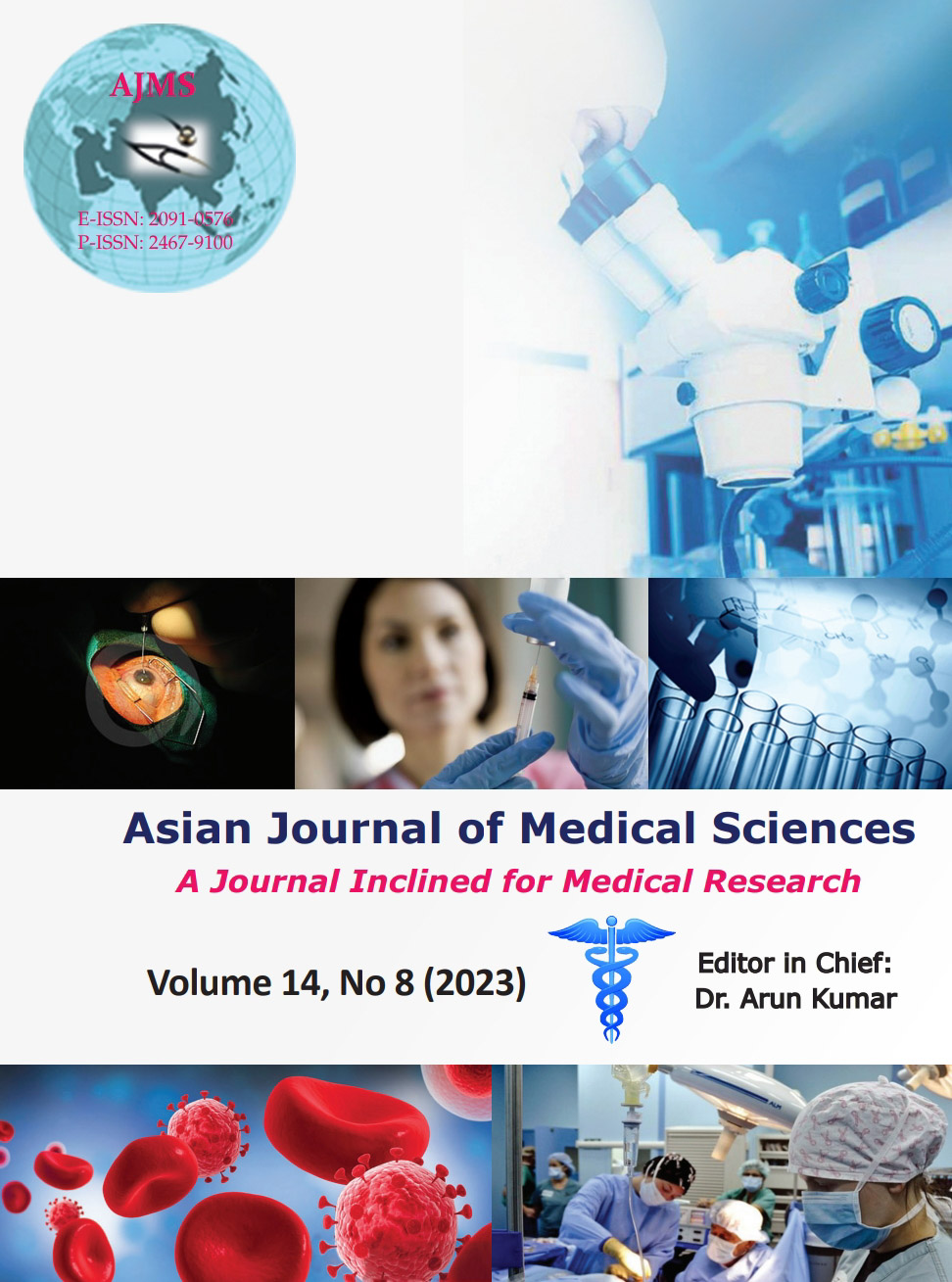Role of ultrasound elastography in the evaluation of rotator cuff tendon in patients with shoulder pain and its comparison with magnetic resonance imaging
Keywords:
Supraspinatus tendon; Ultrasound; Elastography; Shear wave elastography; MRIAbstract
Background: Pain in the shoulder is the third-most prevalent musculoskeletal pain type. Most frequently involved in tendinopathy/tendon tears is the supraspinatus tendon, followed by a combination of the supraspinatus and infraspinatus tendon. At present, gray-scale ultrasound and MRI are used to determine the tear size, gross morphology, and postsurgical tendon repair. However, they are unable to determine the material characteristics of the muscle or tendon.
Aims and Objectives: The aim of this study is to assess the role of ultrasound elastography in the evaluation of the rotator cuff tendon and to compare gray scale ultrasound and shear wave elastography (SWE) findings of the supraspinatus tendon with MRI in patients with shoulder pain.
Materials and Methods: This prospective observational study included 50 patients. They were examined using a 1.5-T MRI machine and the ACUSON S3000 (Siemens Medical Solution) machine. The radiologist performing the ultrasound was blinded by the results of the MRI.
Results: Age varied from 19 to 75 years. The majority (34%) were in the range of 31–40 years. Males were predominately affected. In MRI, the most common type of injury was mild tendinosis (34%), followed by moderate/severe tendinosis (26%). About 30% were diagnosed with moderate/severe tendinosis, 24% with mild tendinosis, 22% with partial tears, and 18% with full-thickness tears in gray-scale ultrasound. When SWE was combined, 32% were diagnosed with moderate/severe tendinosis, 28% with mild tendinosis, 20% with a partial tear, and 14% with a full-thickness tear.
Conclusion: SWE showed better diagnostic performance than gray-scale ultrasound in the detection of supraspinatus tendinopathy.
Downloads
Downloads
Published
How to Cite
Issue
Section
License
Copyright (c) 2023 Asian Journal of Medical Sciences

This work is licensed under a Creative Commons Attribution-NonCommercial 4.0 International License.
Authors who publish with this journal agree to the following terms:
- The journal holds copyright and publishes the work under a Creative Commons CC-BY-NC license that permits use, distribution and reprduction in any medium, provided the original work is properly cited and is not used for commercial purposes. The journal should be recognised as the original publisher of this work.
- Authors are able to enter into separate, additional contractual arrangements for the non-exclusive distribution of the journal's published version of the work (e.g., post it to an institutional repository or publish it in a book), with an acknowledgement of its initial publication in this journal.
- Authors are permitted and encouraged to post their work online (e.g., in institutional repositories or on their website) prior to and during the submission process, as it can lead to productive exchanges, as well as earlier and greater citation of published work (See The Effect of Open Access).




